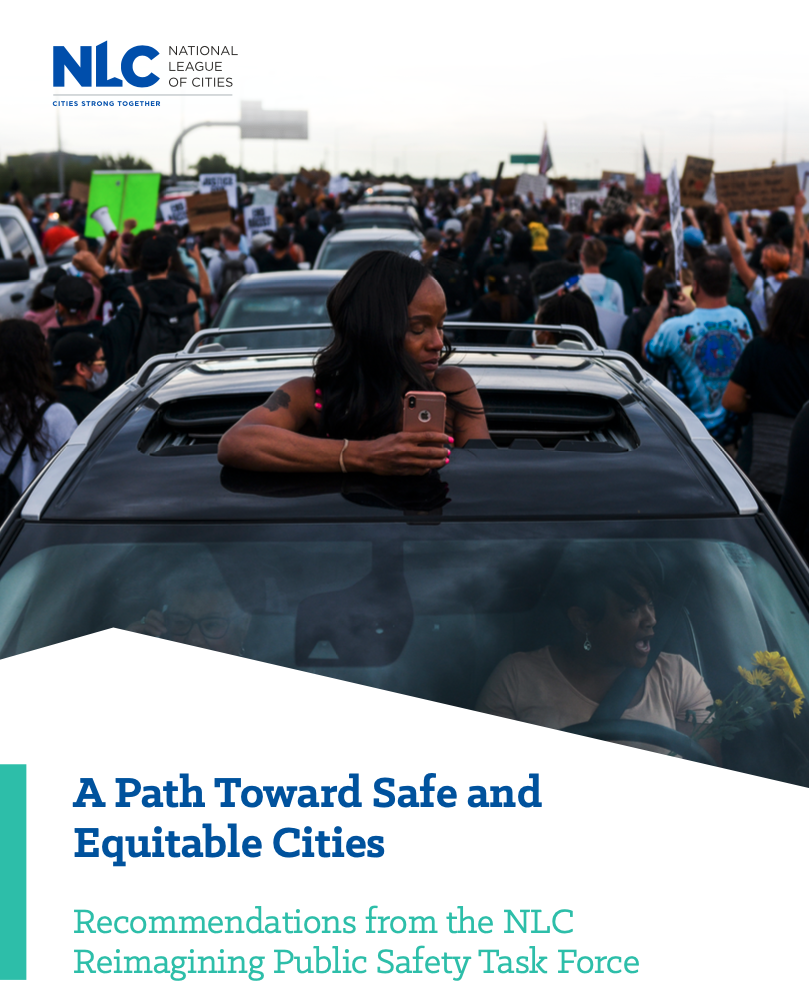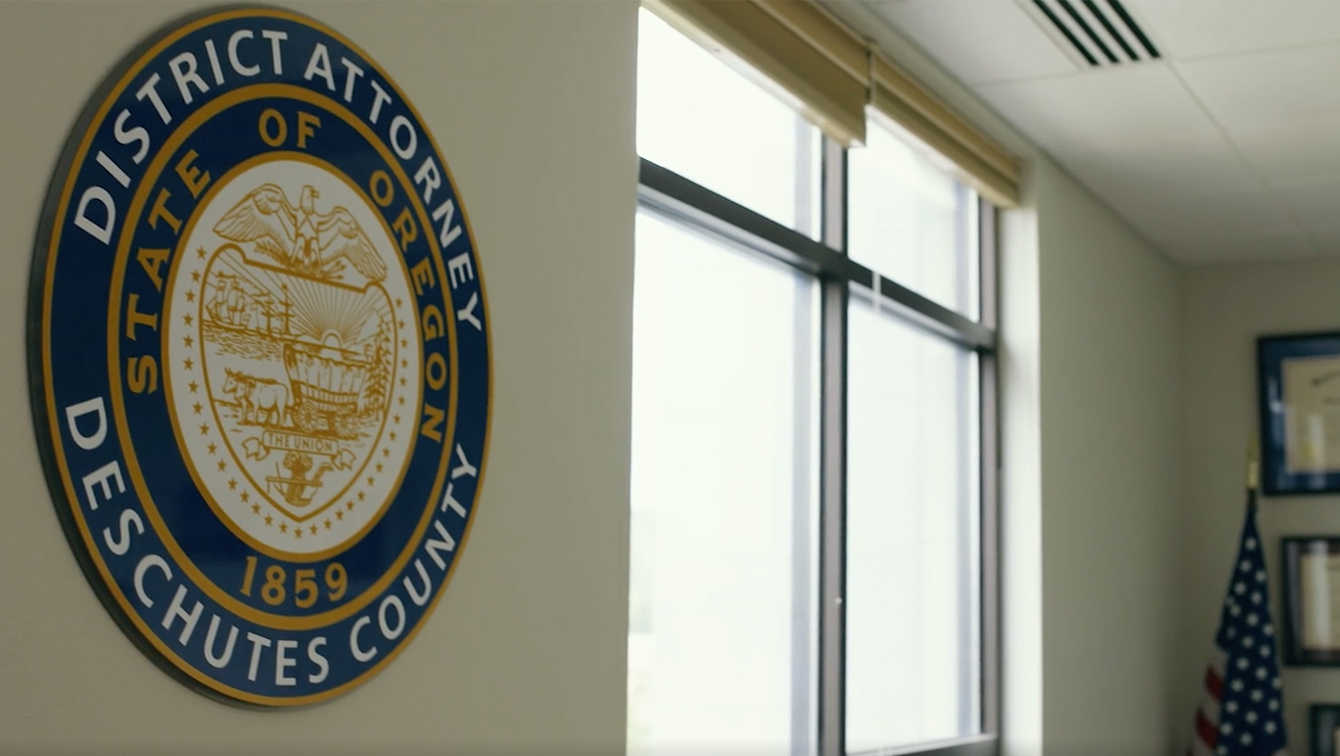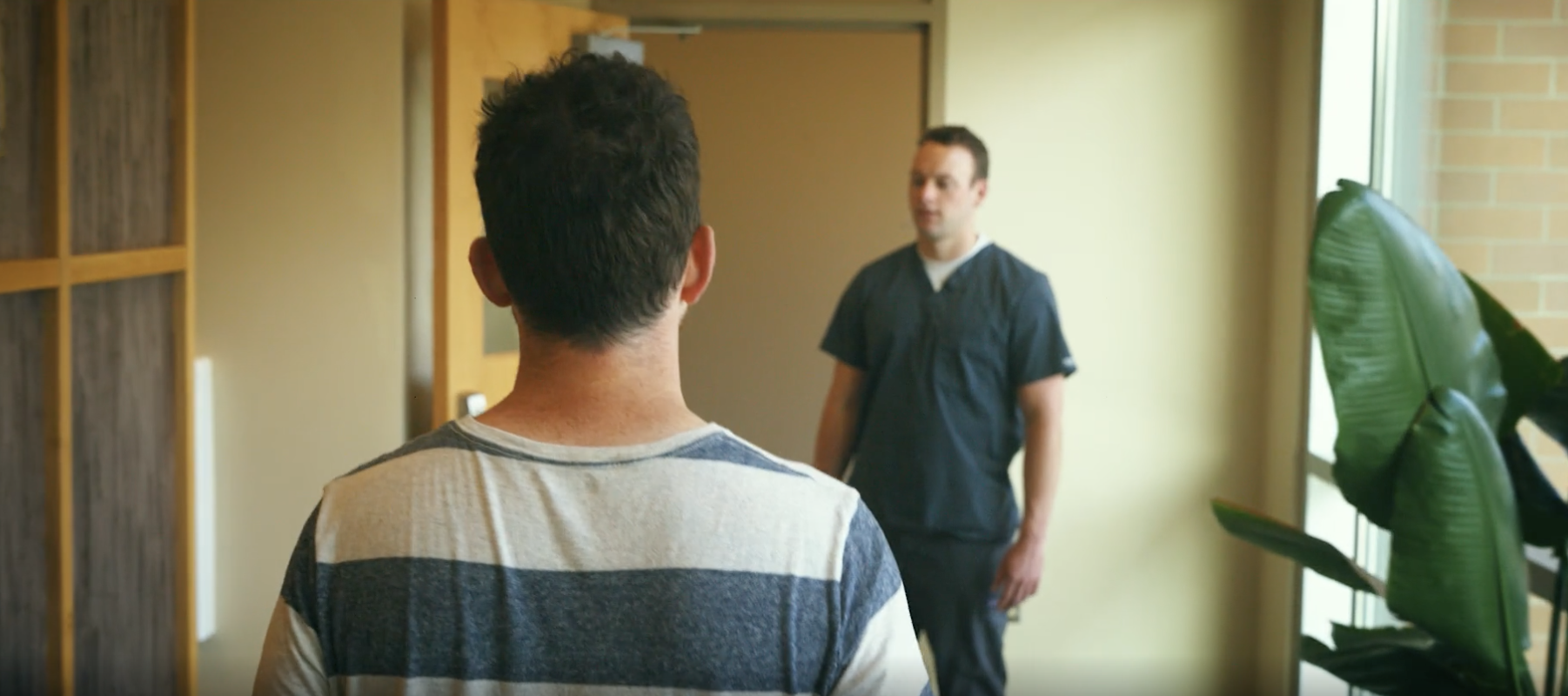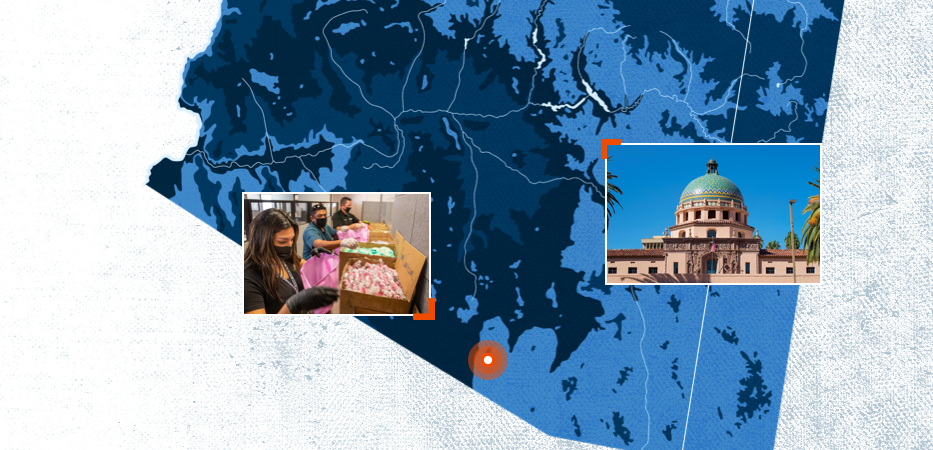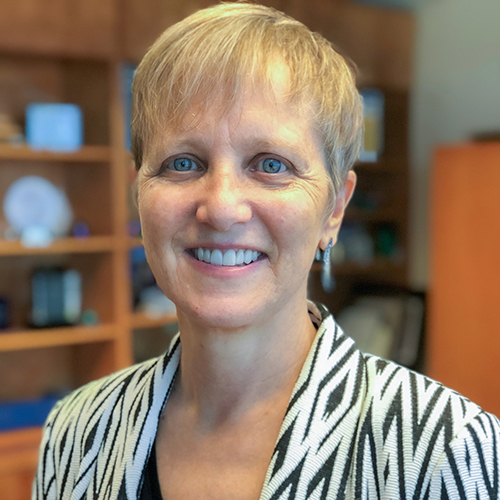Collaboration Community Engagement Racial and Ethnic Disparities November 18, 2021
Historically and up to today, Black, Latinx, and Indigenous communities, and people residing in neighborhoods of historic divestment, are more likely to be harmed by public safety systems.
To truly reimagine public safety, cities must acknowledge these harms and take actionable steps, alongside their residents, toward transformation. In 2020 the names of people lost to police violence became synonymous with the movement toward justice. These tragic losses prompted a long overdue conversation with local leaders. They realized they could no longer treat public safety as solely a function of law enforcement.
The recent upticks in violent crime in many cities, despite low crime rates overall, reinforce the importance of city leaders having guidance and support as they think differently about public safety. Losing momentum toward transformation could lead cities back toward strictly enforcement and punishment-based levers for safety.
In this context, the National League of Cities Reimagining Public Safety Task Force held meetings and listening sessions hoping to collectively set a new vision for what it means to keep residents safe. Meeting from February to August of 2021, Mayors and Councilmembers from more than 20 cities, alongside national partners and community stakeholders, developed five high-level recommendations that support the movement toward safety for everyone.
Through collaboration with their peers, national organizations, and most importantly, their communities, elected officials can innovate and replicate policies and initiatives using these recommendations as a guide. Within each recommendation there is a strong focus on both moving away from policing as the only option and on centering the equitable engagement and involvement of residents in every step of the process.
Captured in the report “A Path Toward Safe & Equitable Cities”, the recommendations provide an initial framework for city action:
- Direct municipal government leadership toward providing safety and well-being for all. This recommendation guides local leaders towards broader definitions of safety and new ways to measure what it is that makes people feel safe. A focus on wellbeing and public health leads cities toward expansive safety visions.
- Balance the respective roles of government agencies, residents, and partners. Non-traditional stakeholders need to be involved in safety conversations, planning, and budgeting. Specifically, this inclusion centers members of the community who are often left out but most impacted by the harms of current systems.
- Significantly expand the use of civilian-led and community-based well-being and prevention-focused strategies. Building on the momentum around community responder models and the amplification of credible messengers as key for any safety plan, this recommendation highlights public health response options to both crisis and violence.
- Embrace full and transparent oversight and accountability for law enforcement. While the report does not center law enforcement in reimagining public safety, it is important for cities leaders to recognize and embrace their role in the oversight of their local police force. Accountability and transparency matter.
- Seek guidance and support from peers and experts with the assistance of the National League of Cities. Local elected officials face scrutiny daily. In 2020, they also faced both a global pandemic and a reckoning around policing. Support from their peers and access to other resources is necessary as they take a journey toward community centered safety.
During NLC’s annual City Summit in November 2021, a Municipal Toolkit was released to dig deeper into what cities are doing and can do to bring these recommendations to life. The toolkit takes each recommendation and explains it in depth, draws out local examples where it has worked, and describes what implementing policies and initiatives could look like in communities across the country.
NLC, and the Task Force, recognizes that no city has this figured out completely and that much of what we have seen thus far has been smaller in scale and less equitable than we would like. However, by taking these steps, evaluating them, enhancing them and taking them to scale, transformation is possible. In addition, the American Rescue Plan offers an opportunity for cities to invest in ways not possible before. Not all cities are the same and not every city leader will act in the same way. But, through collaboration with residents, local stakeholders, and national partners, we can move from harm to wellness.
“We are talking about wellness. We are talking about holistic health in our communities. That is what public safety is all about—not just the absence of violence—but the presence of wellness,” said Mayor Ras J. Baraka of Newark, New Jersey. “We need more than the police department to create wellness. Public safety has to be expanded and put in the hands of other folks.”



